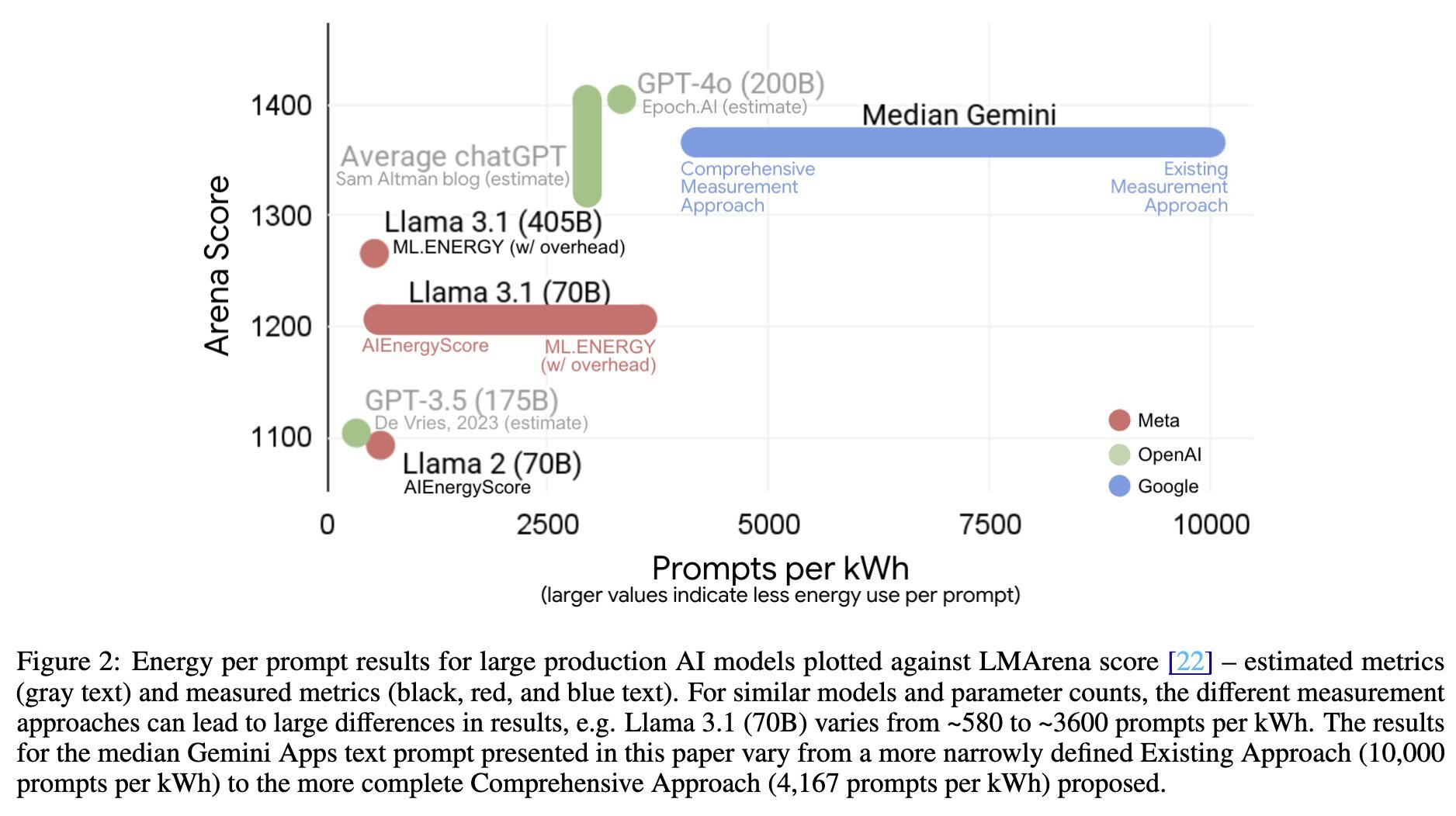AI and Environmental Concerns
We all know that participating in the circular economy by buying and selling preowned items reduces carbon footprint, but then do AI-powered marketplaces such as this negate the benefits? There are a lot of factors to consider, but as a conversation starter, here are some facts to help foster constructive dialogue. Read the latest from Google's Blog on energy usage of Gemini. Chart below.
TL;DR (Topline Summary of Below)
- AI is becoming a major energy player, expected to account for 3% of global electricity by 2030.
- Fixes are in progress: renewables, smarter chips, and efficiency tools.
- Transparency and regulation are essential to prevent uncontrolled impacts.

Figure 2: Energy per prompt results for large production AI models plotted against LMArena score [22] — estimated metrics (gray text) and measured metrics (black, red, and blue text). For similar models and parameter counts, the different measurement approaches can lead to large differences in results, e.g. Llama 3.1 (70B) varies from ~580 to ~3600 prompts per kWh. The results for the median Gemini Apps text prompt presented in this paper vary from a more narrowly defined Existing Approach (10,000 prompts per kWh) to the more complete Comprehensive Approach (4,167 prompts per kWh) proposed.
Is AI Powering the Planet or Burning it Down?
AI saves us time—but at what cost to the grid and the climate? Here's why the digital revolution has an energy problem—and what's being done about it.
Why the Concern Matters
Big AI systems demand vast amounts of energy—and that energy comes with an environmental price tag. Without transparency or standardized reporting, it's easy to underestimate the scale of the issue.
What's Driving the Surge?
- Explosive AI growth: Model complexity doubles every three months, driving surging compute demand.
- Flatlining efficiency gains: While data center PUE (Power Usage Efficiency) hit 1.58 by 2023, improvements have stalled.
- Strained grids: Power availability is now a major bottleneck for operators worldwide.
How the Industry is Responding
- Cleaner power sources: Tech giants are investing in nuclear, wind, and solar.
- Smart energy systems: Workloads shift to times when renewable energy is abundant. (I have neighbors whose electric provider is offering discounts for things like running your dishwasher at night).
- Greener hardware: New AI chips reduce computing energy needs.
- AI-for-AI efficiency: AI tools optimize cooling and workload distribution.
- Transparency push: Efforts are underway to standardize energy and carbon reporting.
Join the Conversation
Is AI energy use outpacing innovation—or will greener design catch up?